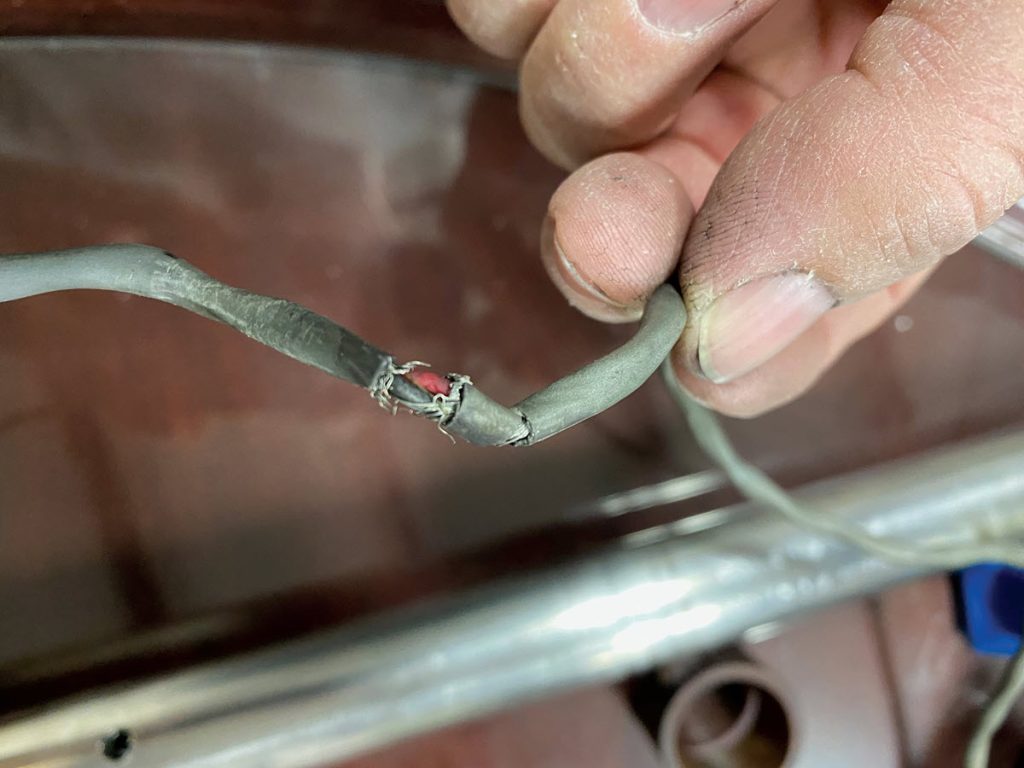Cherokee Owner Assists With Panel Upgrade
By Tom Weaver
Member and CFI

Why would anyone in their right mind spend more on avionics upgrades than what their airplane is worth? That’s crazy, right? Maybe, but not so fast. I have a 1972 Cherokee 180 that’s in great shape with around 4,000 hours TTAF and a high-time but strong engine. It had an outdated legacy panel that’s had many modifications over the years, including an Apollo LORAN that came and went. I had considered installing a couple of EFIS-type instruments and a used 15-year-old navigator but, in the end, because the panel would be torn apart anyway, the cost wasn’t much more for a total glass upgrade. So that’s what I did.

Going All Glass
Considering the bang for the buck, I really liked the Dynon Skyview system because of the features and the ability to buy outside an avionics shop. Dynon’s network of dealers is relatively small, so in order to sell units, they’ll sell to your favorite avionics guy, and you can do a lot of the work yourself, saving a lot of cash. However, it’s a VFR system, unless an IFR navigator is coupled with it. It does play nice with several systems, so that’s not a problem necessarily.
Dynon’s autopilot is the big hang-up with the FAA in certifying my Piper, but there are several other approved autopilots that can be installed. I was fortunate to have Mike and Tom, both A&P/IA mechanics, on my team. Mike is also an avionics technician. They were both willing to work in the comfort of my heated hangar and allow me to do a lot of the grunt work to save the aforementioned cash. Without that, I couldn’t and wouldn’t have done this upgrade. The plane’s annual was due January 2020, the same month ADS-B Out was required to be onboard. Work began in January, with my plane still lacking the ADS-B Out at that point. I decided on a dual 10″ left and a 7″ right Dynon PFD/ND with ADS-B In and Out to take advantage of traffic and weather input. A Dynon D10A EFIS functions as a backup, and all the Dynons have a backup power source. I also selected an Avidyne IFD540 navigator (WAAS) and a PS Engineering PMA450B audio panel. Other items, such as the Stormscope, were moved to take advantage of the now open panel space.
I chose a Trio autopilot because of its features and availability during the pandemic. The STC for the Trio wasn’t yet approved for the Hershey bar winged Pipers, but I was told it was only a few weeks from being approved. True to their word, within a few weeks, we had the hardware and the legal paperwork. In fact, my airplane is the #001 STC for this certified autopilot for Hershey bar winged Pipers.
I also learned that most digital autopilots won’t fly a coupled ILS approach because an ILS/LOC output is an analog signal that a digital autopilot can’t process. They’re designed to follow GPSS digital information only, such as an LNAV/VNAV approach or, if WAAS enabled, an LPV approach. One interesting thing to consider is that most LPV approaches have minimums as low or sometimes lower than their ILS counterparts, and most ILSs have an LPV overlay approach. A case in point is the LPV approach for 30L at KCPS. It’s actually a foot lower than the ILS to 30L. Why spend the extra money to fly a coupled ILS when an LPV will do? I never have to worry about “glideslope out of service” again.

RESOURCES
Dynon
dynonavionics.com

My Takeaways
The rest of this article can be seen only by paid members who are logged in.Have a website login already? Log in and start reading now.
Never created a website login before? Find your Customer Number (it’s on your mailing label) and register here.
JOIN HERE
Still have questions? Contact us here.








